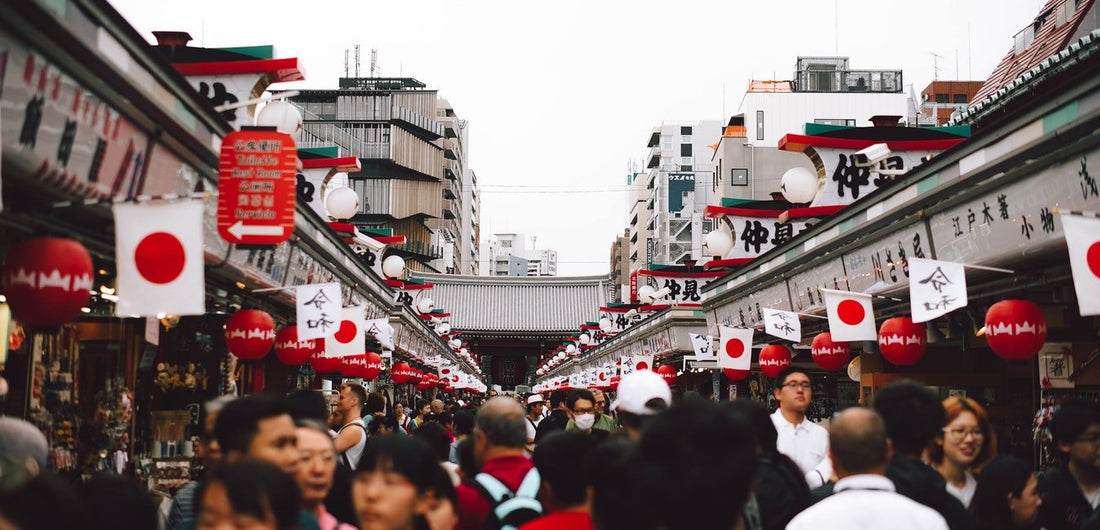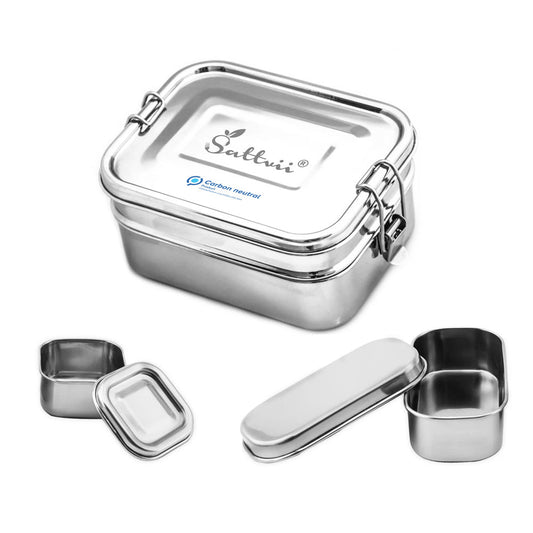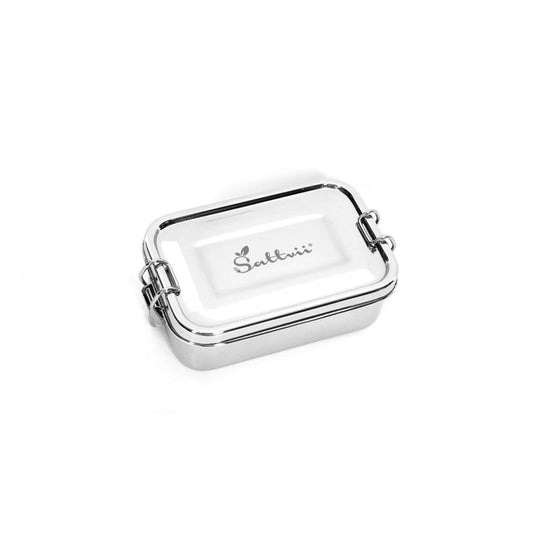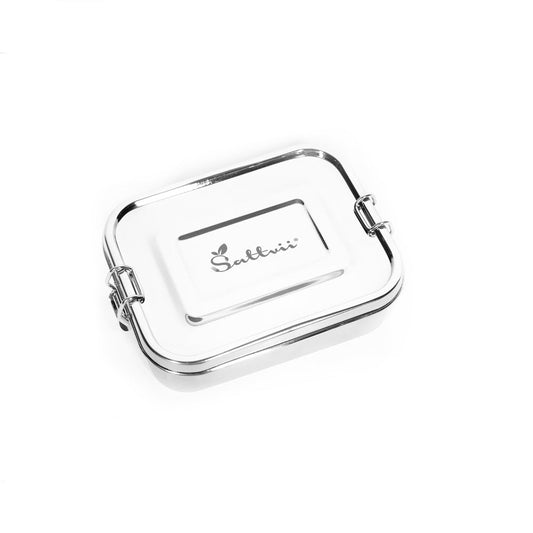
The "bento principle" and the history of bento boxes
shares
You can read it everywhere these days - bento boxes for kids are extremely popular at the moment. Because the practical boxes with partitions are ideal for preparing fresh meals for kindergarten or school.
But do you know what this term actually means? Sounds kind of like a brand, doesn't it? We'll dissolve it for you once.
In fact, the term "Bento" comes from Japan and means something like "food to go". But behind this apparently simple transport box there is a lot of Japanese culture, which even goes back to the 5th century.
In today's post we will tell you something about the so-called "bento principle" and how it came about, i.e. we will show you the historical background and the many advantages that this box brings for you and your children.
Also interesting:
The advantages of our bento boxes
Dabbawallas - The history of delivery services

The story
As mentioned in the paragraph above, bento has been around in Japan since 5. Century. At that time, various things were usually transported with the help of large leaves, leather bags, linen sacks, wicker baskets or round wooden buckets.
The first real boxes were even antiseptic, i.e. they have a disinfecting effect. The bamboo brought this impressive effect. The boxes were practically simple bamboo tubes in which food was transported. Later, simple wooden boxes were used, which were thrown away after the meal.
During an era called “Kamakura Period” (1185-1333), rice was carried in a small bag - the birth of the bento box.
During another era, which was called “Azuchi Momoya period” (1568-1600), lacquered wooden boxes were created, the contents of which were then eaten, for example, during a tea ceremony became. Apparently, then-commander Oda Nobunaga (1534-1583) invented the term "bento" while serving various foods to his soldiers during a siege.
We have arrived in the “Edo Period” (1600-1868). Here, bentos were particularly popular with travelers who wore their boxes on their hips. Bento boxes were also particularly popular with actors and helpers from the theater. The box on the hip made it possible to quickly eat between scenes. The content was mostly reduced to rice balls and side dishes.
During the “Meji period” (1868-1912) it was common to sell lunch boxes at train stations. When a railway line opened between Tokyo's Ueno Station and Utsunomiya in 1885, the first box was sold there.
“Taisho era” (1912-1926): The bento box was made of aluminum and became a luxury item! The income of the Japanese was imbalanced by the First World War and bad harvests. Interestingly, this led to a ban in schools not allowing students to take their bento box to school, as it was a way of identifying which families were more affluent and which were not. Students should eat canteen food from there.
19. Century: This has been stacked! In the last half of this century three-story bentos were very popular, and after World War II two-story.
The boxes with partitions became commonplace in 1921. These one-story boxes were divided into four compartments.
Phew, that was a lot of theory.You might be asking yourself something like, “Well and good, but what if I have no connection to Japanese food at all and would rather give something from my own kitchen to take to work or my child?” Of course that's no problem at all! In this case we were simply inspired by Japan and you can just as easily transport your own favorite food in style in your very own bento box

Features and structure
- The box or the contents of the box can be divided into various numbers . Our boxes come with either two or three dividers.
- The content of the bento box is presented beautifully and encourages you to eat food that you don't like too much if your offspring is a fussy eater.
- No matter what, you will be able to transport it. So there is always room for healthy snacks such as fruit and vegetables!
- The stainless steel boxes are also perfect for meal prep! They can be frozen and refrigerated without leaching from the box into your food.
- The bread boxes in our D-Lock series, for example, are all leak-proof thanks to the silicone ring . The backpack stays dry and there are no more nasty surprises!
- Please make sure that the portions are small and bite-sized. In this way, the child will be able to eat their meal with their hands in a relaxed manner.





